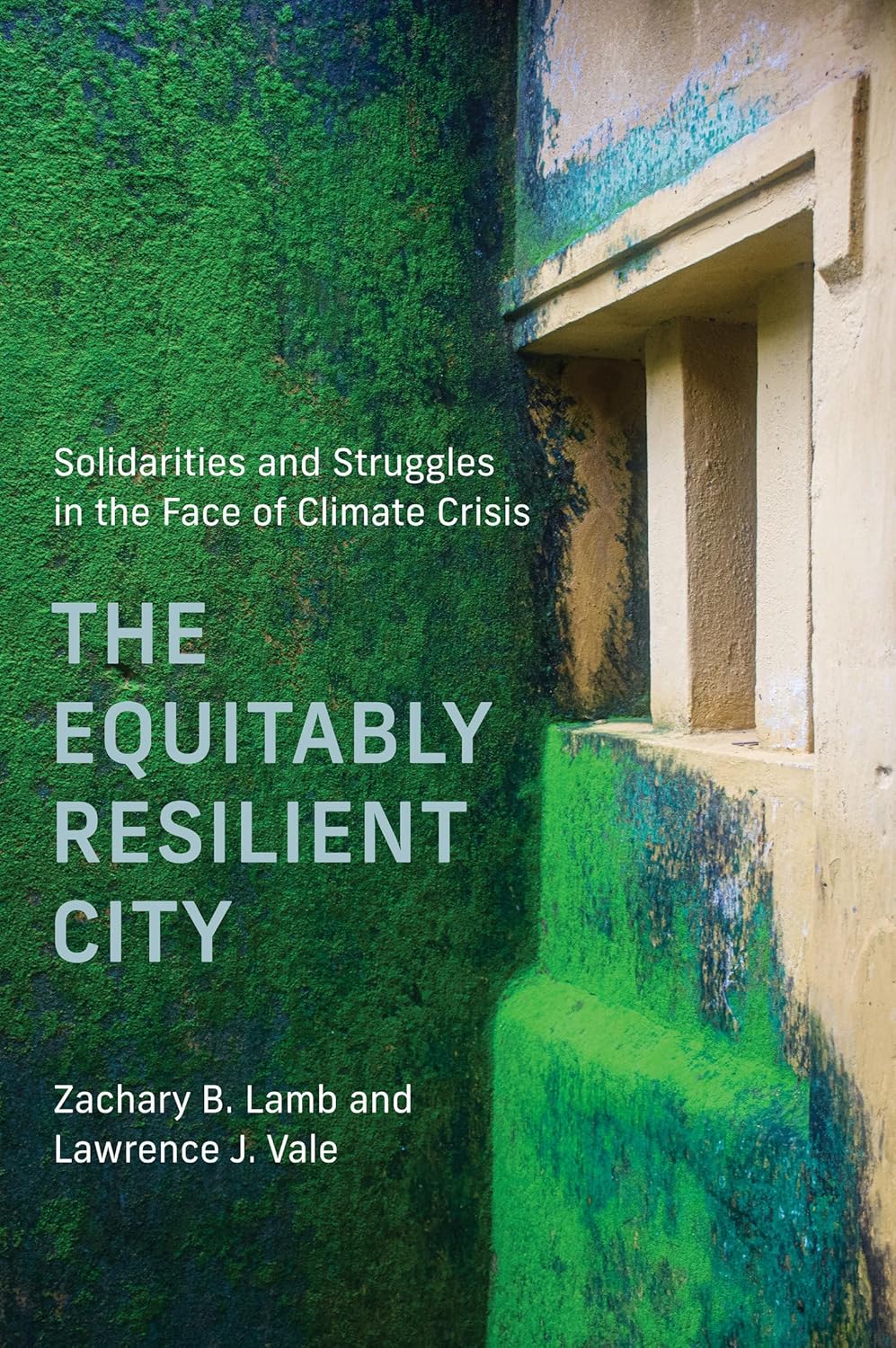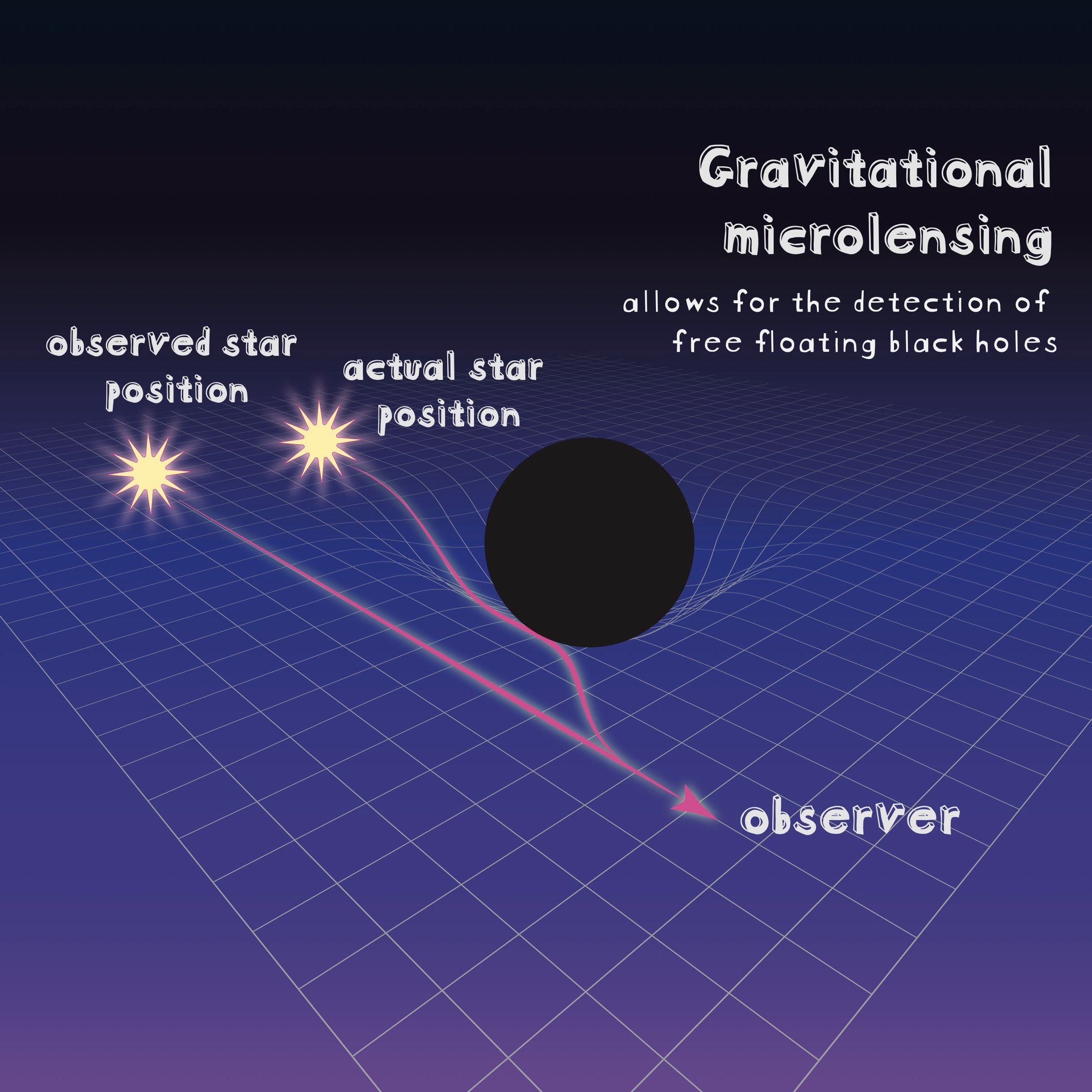Will California’s plastic bag ban help the environment?
April 28, 2017

In the November 2016 election, voters in California approved Proposition 67, banning grocery and other stores from providing single-use plastic bags to consumers. Stores offering recycled paper bags or reusable bags now must charge at least 10 cents per bag. Environmental groups spent millions in support of the ban, and it seems like a clear-cut victory—but its actual environmental impact is complicated to predict.
Paper and reusable bags are not necessarily greener than plastic ones are. To determine what bag-use policy would be best for the environment, researchers can calculate the environmental cost of various bags at every step of their life cycle, from extraction and production of raw materials through manufacture, packaging, transportation, and finally disposal. In 2011, the UK’s Environment Agency conducted this type of Life Cycle Assessment to compare the environmental impact of single-use, light-weight bags made of HDPE plastic, paper bags, heavier reusable bags made of LDPE plastic, reusable bags made of non-woven polypropylene, and reusable cotton bags. For each type of bag, they calculated the total greenhouse gases and the resulting global warming potential produced by a quantity of bags sufficient to carry one month’s groceries. The bulk of the carbon footprint comes from the extraction and production of raw materials, and because single-use plastic bags require the least material, they have the smallest global warming potential.
The Life Cycle Assessment found that a paper bag must be reused four times to reduce its global warming potential to that of a single-use plastic bag. Surprisingly, plastic bags are less toxic to terrestrial and marine environments compared to single-use paper bags. The only environmental advantage of paper over plastic is a smaller depletion of abiotic resources such as fossil fuels. Proposition 67 requires paper bags to be produced with some recycled material, but another Life Cycle Assessment found that even bags made from 30% recycled paper have a higher global warming potential and produce more waste than do single-use plastic bags.
Reusable bags require even more raw materials and therefore must be used multiple times to reduce global warming potential to the same level as single-use plastic bags: five times for thicker plastic bags, 14 times for non-woven polypropylene bags, and 173 times for cotton bags.
[caption id="attachment\\_14360" align="aligncenter" width="1002"][](http://berkeleysciencereview.com/will-californias-plastic-bag-ban-help-environment/plastic\_bags-01-2/) Image credit: Nicole Repina, BSR Design Team.[/caption]
The results of the Life Cycle Assessment indicate that single-use plastic bags do not inherently cause more pollution than other bag options. This means that the environmental impact of Proposition 67 will depend on the choices of shoppers. If Californians respond to the new law by paying 10 cents to switch from single-use plastic to single-use paper bags, Life Cycle Assessment predicts a net negative impact on the environment. On the other hand, if the law pushes consumers to replace single-use bags with reusable bags—and reuse those bags enough times—the outcome will be environmentally friendly.
Before Proposition 67, 40 percent of Californians lived in cities or counties that already enforced similar laws, so data from these communities give clues about how consumers respond to plastic bag bans. In Alameda County, a ban on plastic bags and 10 cent tax on paper bags at grocery and convenience stores has been in effect since 2013. In the first year after the ban, paper bag usage increased by five percent, but by 2015 it had returned to pre-ban levels. Instead of sticking with paper bags, customers changed their behavior, choosing reusable bags or avoiding a bag altogether. This shift is expected to reduce shoppers’ carbon footprint, though a specific calculation of the impact would require a longer-term study assessing how many times the bags are reused.
Of course, the impact on global warming isn’t the only factor that determines how environmentally friendly each bag option is. Plastic bags also raise specific environmental concerns when they end up as litter. Plastic can be harmful to wildlife that mistake it for food and can accumulate in the ocean. To see whether the county ban reduced plastic litter, government researchers surveyed the trash found in Alameda County storm drains. Before the ban, single-use plastic bags accounted for 1 percent of litter, and the number of bags in storm drains decreased by 44 percent after the ban. This indicates that the plastic bag ban is a positive step, but makes only a small dent in reducing the plastic waste in ecosystems.
Results from communities with longstanding anti-plastic bag laws suggest that the trends in bag usage and litter reduction observed in Alameda County will persist long-term. Ireland, a country with roughly one-tenth the population of California, passed a law aimed at reducing plastic bag liter in 2002. Rather than banning single-use plastic bags outright, the law levied a 15 euro cent tax on them. Before the tax, the Irish used 328 plastic bags per person each year. After the tax, usage immediately plummeted, reaching 14 bags per person per year after the first decade. Over the same time period, plastic bags dropped from 5 percent to 0.3 percent of national litter. In this nation, the tax seems to have elicited a permanent shift in consumer behavior to choosing reusable bags over plastic ones.
Based on the outcomes in Alameda County and Ireland, a law with a small penalty (10 cents per paper bag) can dramatically increase environmentally friendly decisions. California’s statewide plastic bag ban is therefore likely to have a positive environmental impact, even though single-use paper bags have a higher global warming potential than plastic ones. Rather than continuing to consume 15 billion single-use plastic bags per year, Californians are expected to shift to reusable bags, decreasing environmental toxicity and their carbon footprint. However, because bags are not a major source of litter, the law will have only a minimal effect on reducing trash in waterways.
If this ban is successful, it can serve as a model for efforts to eliminate other wasteful products and sources of litter. Just as a fee for grocery bags inspires shoppers to remember their reusable bags, future laws could target other simple behaviors like bringing a reusable coffee cup or replacing paper with electronic documents—so the plastic bag ban may set a precedent for effective, environmentally friendly laws that can have a wide impact in other locations and contexts.
Featured image credit: American Beauty in a Tree by Owen Parrish via Flickr.





